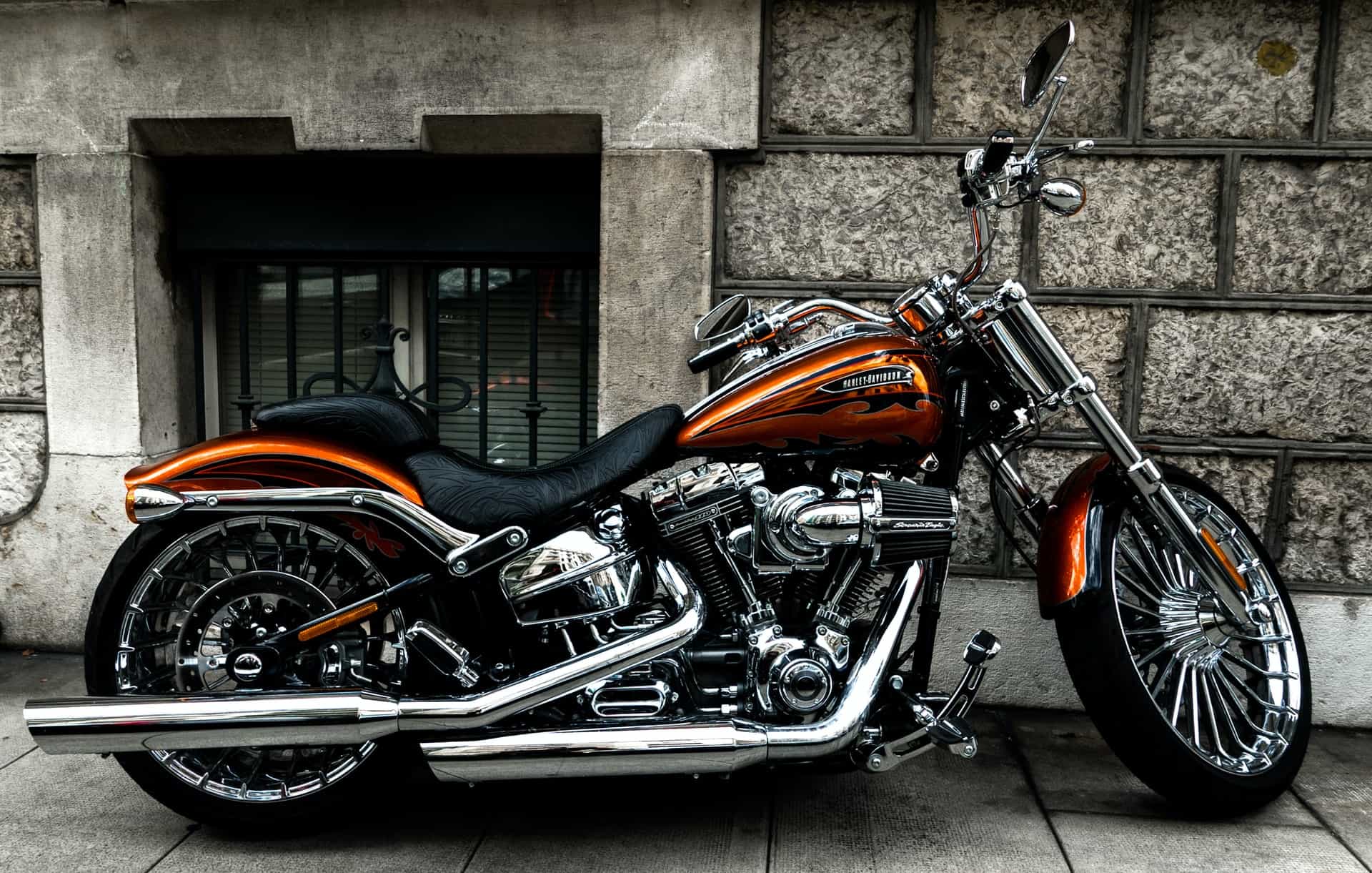
Braking on a motorcycle is not as easy as slowing down in a car. We are talking about vehicles with and without ABS.
However, there is no denying that when ABS is missing braking is even more difficult. How can it look like in practice? Check it out!
Optimal motorcycle braking depends mainly on sensitive application of brakes on both sides of the handlebars, in accordance with the bike’s behavior. Of course we’re writing about vehicles without ABS here.
This is a very general statement, however, all because it has nothing to do with what actually happens on the road. It is impossible to say unequivocally what to do. A lot depends on the tires themselves, the tread pattern, their hardness, their compound or their pressure. Moreover, braking is affected by the temperature of the braking system, tires or even the ground, which in turn is affected by weather conditions.
When braking a motorcycle without ABS, you must also consider the type of road, the weight of the motorcycle (you are riding alone or with a passenger), your current position, the condition of the suspension and of course the braking system, i.e. the discs, among other things. As you can see, braking is affected by a myriad of factors. Be smart here and give one rule of thumb for applying the brakes – it just isn’t possible
As it turns out, practice is the most important thing. It’s best to practice different behaviors of your motorcycle in different weather conditions. Start at low speeds and slowly move up to the higher speeds from which you start braking. Record the data, you can also write down what happens to your motorcycle, how you react, or even record the moment of braking with a camera placed somewhere on the side of the road. Of course practice on an unused roadway.
Adequate braking force in a fraction of a second, taking into account all the factors we have written about above, plus the situation on the road, is simply impossible. You have to be a world champion to always achieve optimum speed reduction, regardless of the conditions. As it turns out, when it comes to motorcycles, a lot depends on luck and the rider’s instinct, only later do skills come into play.
There is no denying that experience and practice also play a role. That’s why we recommend practicing as much as possible or taking a braking course without ABS – there are many professionals and experienced motorcyclists already retired from sport who offer such lessons.
ABS on motorcycles means that the human element is severely reduced. All you have to do is feel when you apply the brakes, as well as your reaction time and reflexes. The rest can be left to the system, which senses wheel slip and optimally, automatically and in real time models the pressure generated in the brakes
This, of course, translates into proper brake action, which in turn will reduce the amount of slippage and shorten stopping distances no matter what the road surface. This is why ABS is so important in motorcycles. However, as we know, not every older model has it. That’s when practice and careful driving remains.
Main photo: Daniel Thürler/unsplash.com